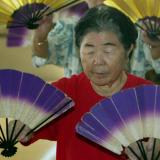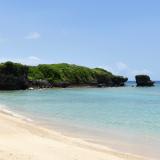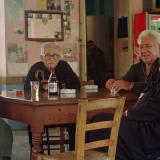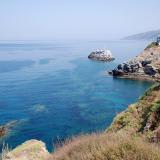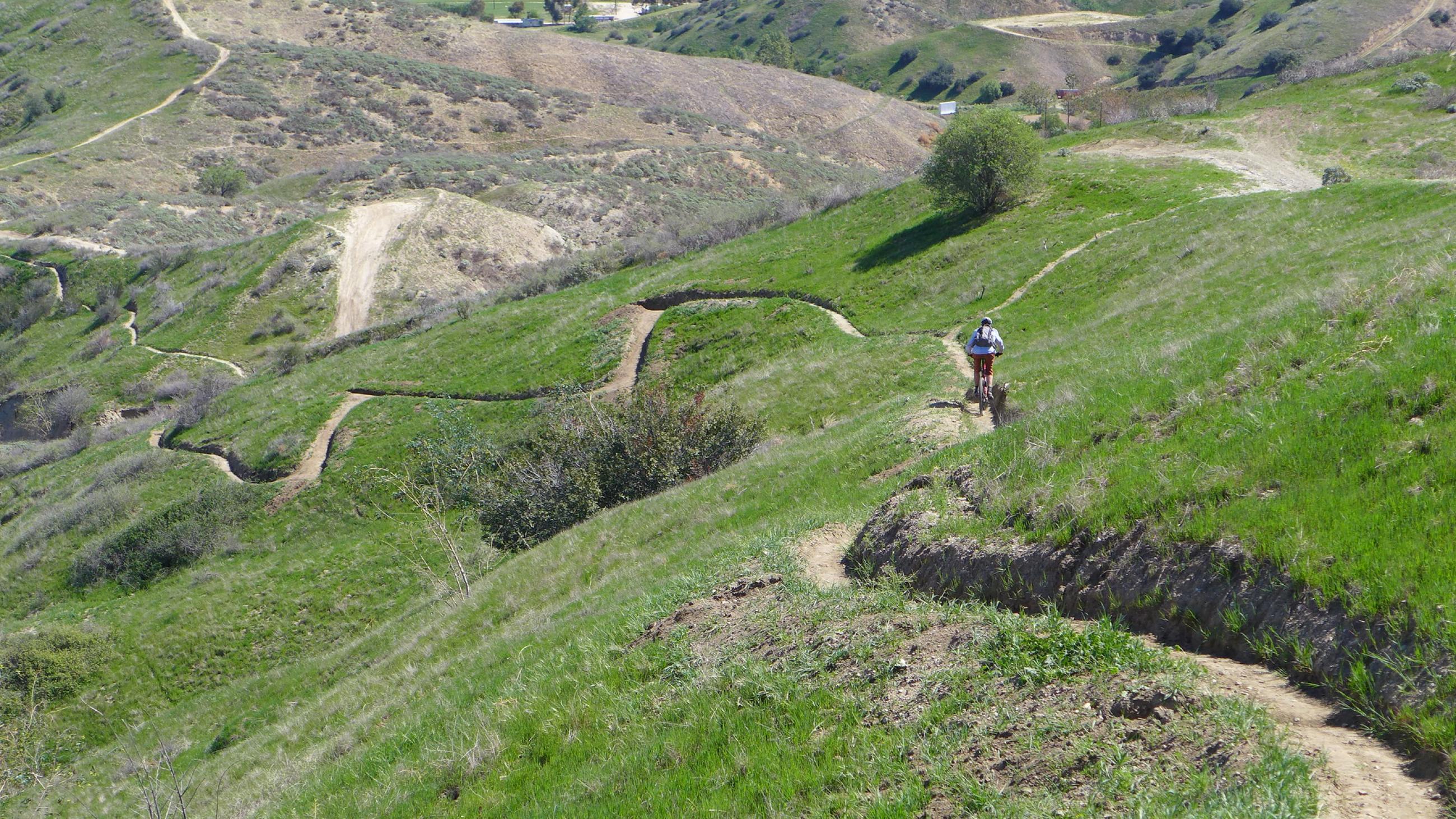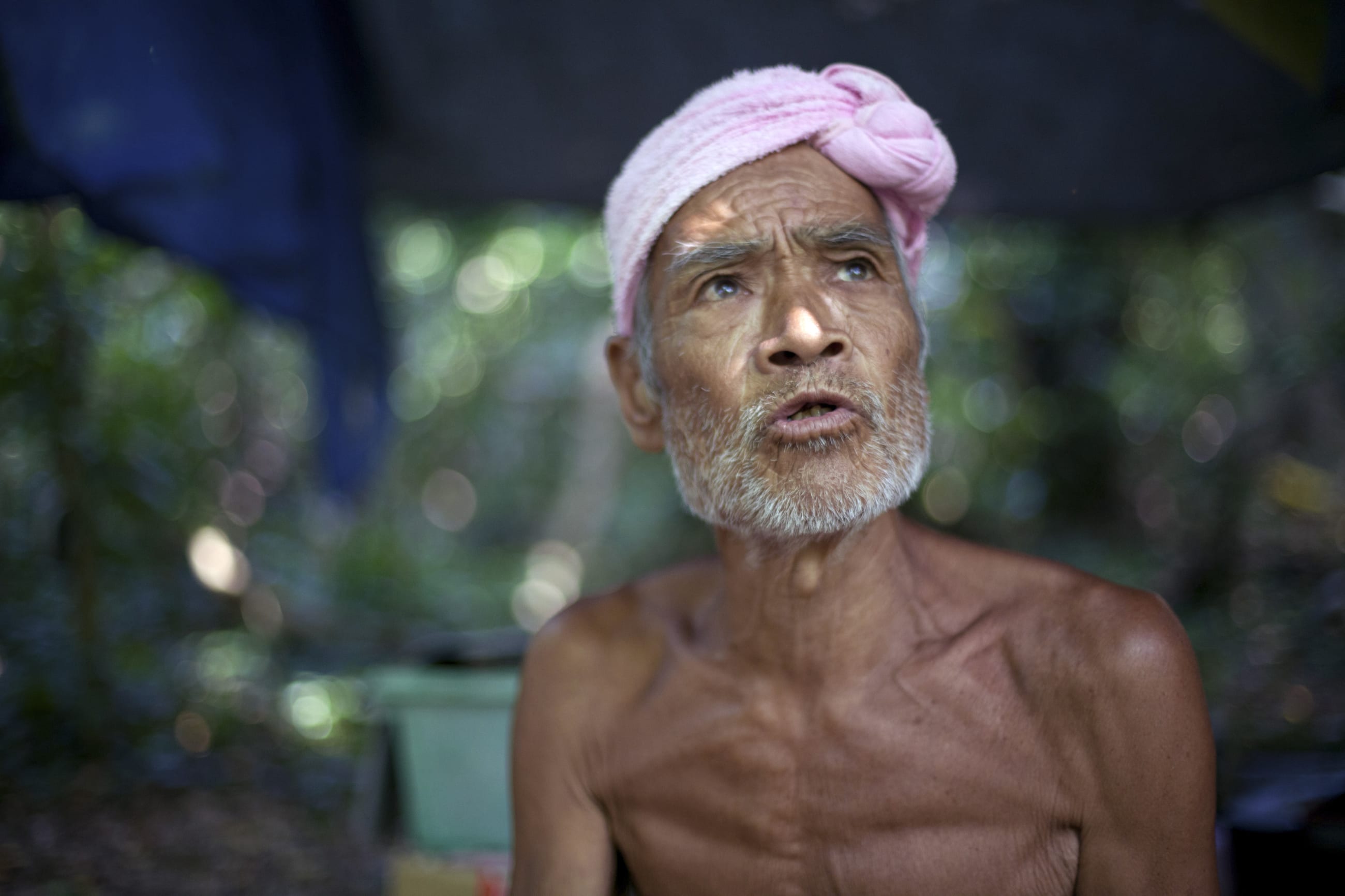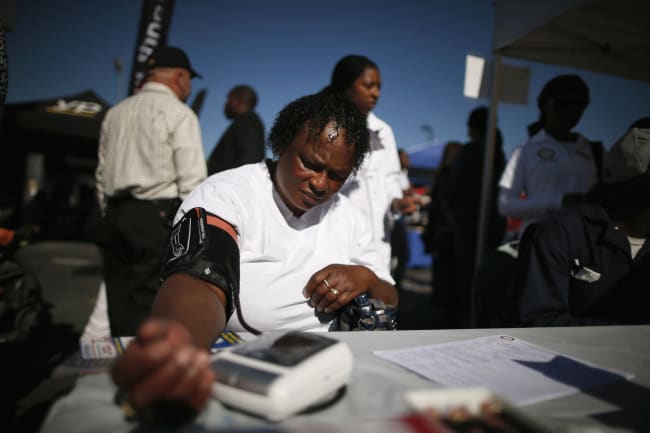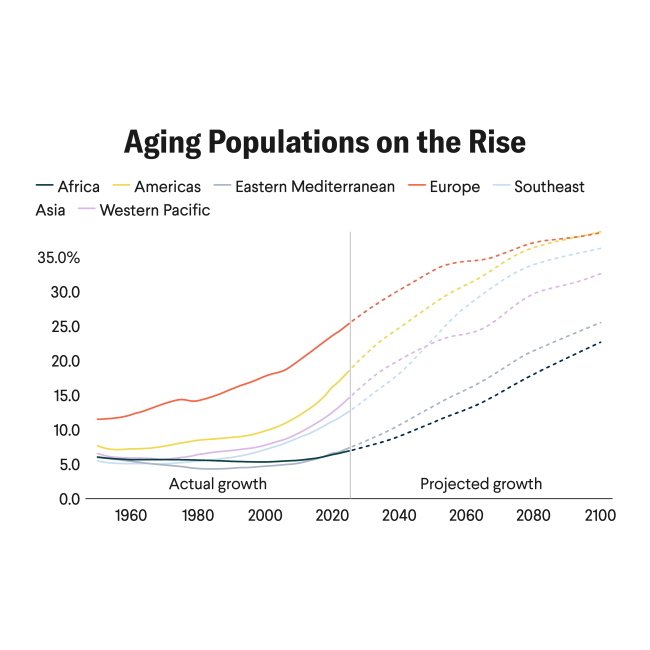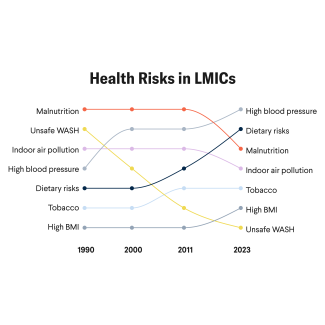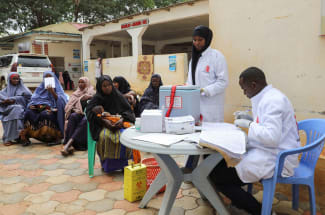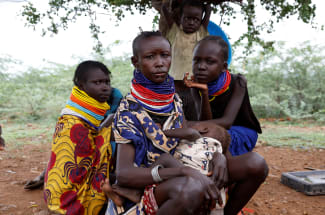Okinawa, Japan; Sardinia, Italy; Nicoya, Costa Rica; Icaria, Greece; and Loma Linda, California, are thousands of miles apart, but they share an important attribute: Their populations live much longer than average. Across these regions, called "blue zones," people live well into their 90s and experience lower rates of cancer, heart disease, and other noncommunicable diseases associated with age and lifestyle factors.
So why, on average, are people in blue zones healthier than in other parts of the world? It comes down to a variety of factors including relatively low-stress lifestyles, plant-based diets, and belonging to communities (often religious). To see just how the world's oldest and healthiest communities live, we compiled a slideshow showcasing life in the blue zones.

